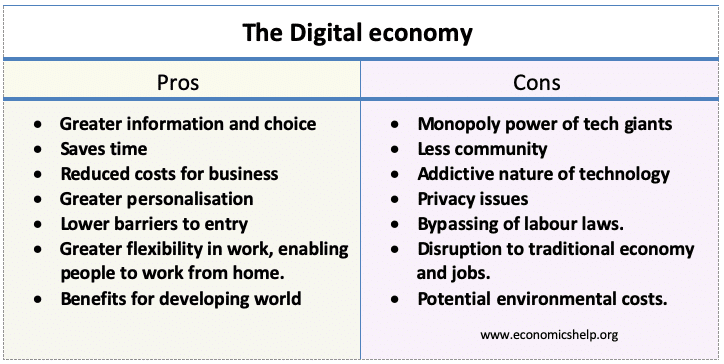Reality vs. Non-Reality Digital World Edition
My thoughts on the digital world is that line between reality and non-reality (fantasy) is increasingly disappearing. With the development of Virtual Reality, Artificial Intelligence, 3D Printing, Augmented Reality, Nanorobots, and many more digital technology advancements, we are losing a sense of what is reality or fantasy. For example, deep fakes, are synthetic media in which a person in an existing image or video is replaced with someone else's likeness. My exposure to deep fake is a video Buzzfeed did on Barack Obama explaining deep fakes and saying uncharacteristically things. With the increase of deep fakes and easy to access apps to create them, anyone can cause a revolution, war, security threats, or ruin reputations, etc.
The National Museum of Finland opened a new VR exhibit in 2018. Visitors can travel back in time and feel as if they are inside the painting. They can even speak with the characters depicted in the painting.



